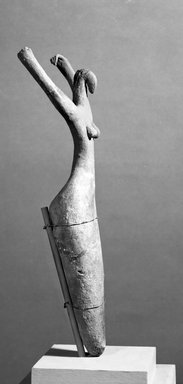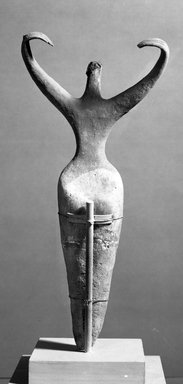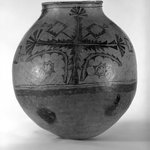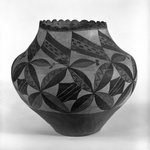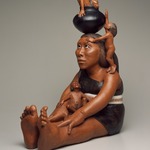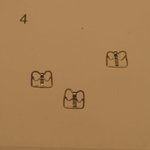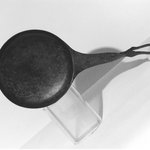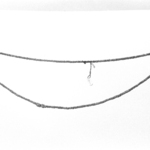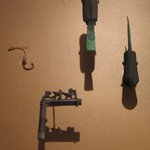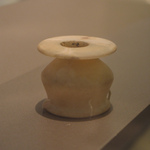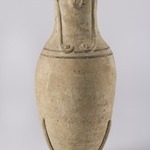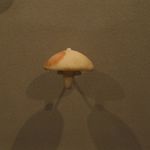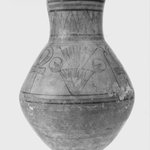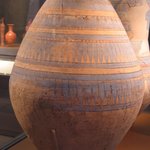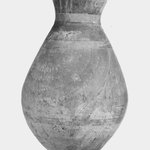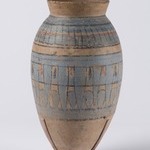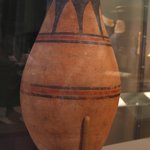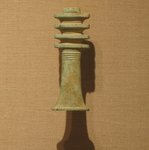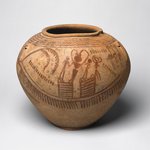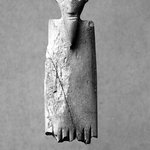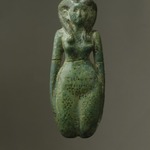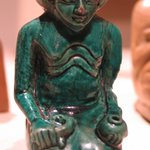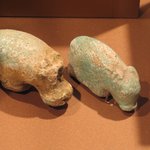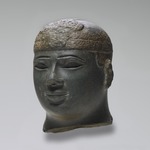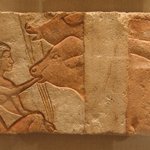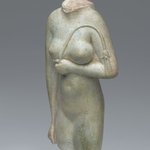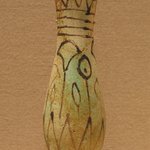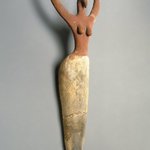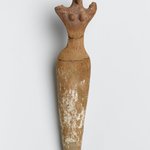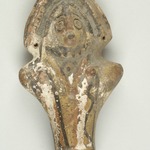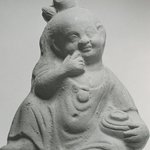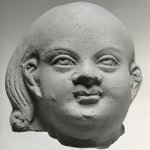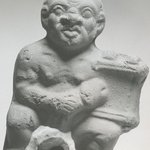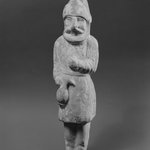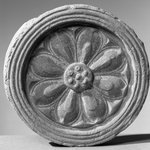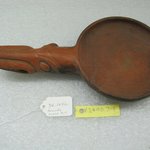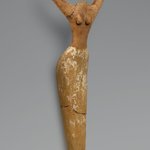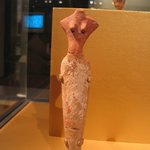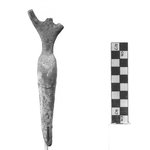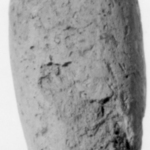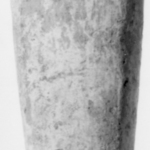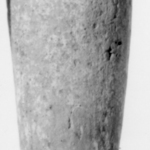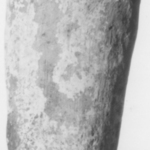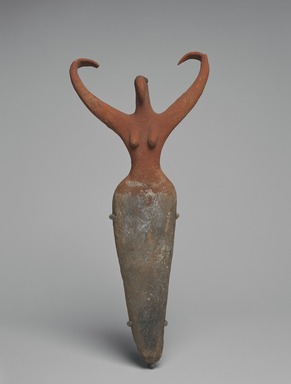

Female Figure, ca. 3500–3400 B.C.E. Clay, pigment, 11 1/2 x 5 1/2 x 2 1/4 in. (29.2 x 14 x 5.7 cm). Brooklyn Museum, Charles Edwin Wilbour Fund, 07.447.505. Creative Commons-BY (Photo: Brooklyn Museum, 07.447.505_front_SL3.jpg)
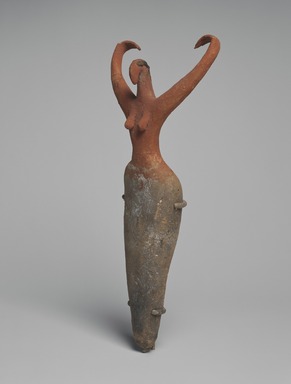
Female Figure, ca. 3500–3400 B.C.E. Clay, pigment, 11 1/2 x 5 1/2 x 2 1/4 in. (29.2 x 14 x 5.7 cm). Brooklyn Museum, Charles Edwin Wilbour Fund, 07.447.505. Creative Commons-BY (Photo: Brooklyn Museum, 07.447.505_threequater_left_SL3.jpg)
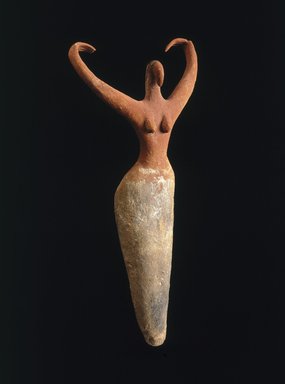
Female Figure, ca. 3500–3400 B.C.E. Clay, pigment, 11 1/2 x 5 1/2 x 2 1/4 in. (29.2 x 14 x 5.7 cm). Brooklyn Museum, Charles Edwin Wilbour Fund, 07.447.505. Creative Commons-BY (Photo: Brooklyn Museum, 07.447.505_SL1.jpg)
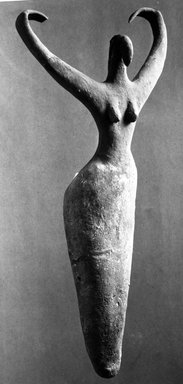
Female Figure, ca. 3500–3400 B.C.E. Clay, pigment, 11 1/2 x 5 1/2 x 2 1/4 in. (29.2 x 14 x 5.7 cm). Brooklyn Museum, Charles Edwin Wilbour Fund, 07.447.505. Creative Commons-BY (Photo: Brooklyn Museum, 07.447.505_NegB_bw_SL4.jpg)
Female Figure
Egyptian, Classical, Ancient Near Eastern Art
On View: Egyptian Orientation Gallery, 3rd Floor
The Brooklyn Museum is commemorating its 200th anniversary by spotlighting 200 standout objects in its encyclopedic collection.
This dramatic terra-cotta female figurine is one of the Museum’s oldest objects. Its level of preservation is remarkable. Although a few other examples of such figurines exist, this is the only one that is fully intact.
The statuette was excavated in 1907, found in a tomb at the site of El Ma’marîya in southern Egypt by Henri de Morgan, who was working on behalf of the Brooklyn Museum. The woman’s face is distinctive, and her emphasized nose accentuates the importance of breath. Her chest is bare, and her arms are raised over her head, hands pointed inward in a pose of praise. Her arms might mimic the horns of cattle, important animals in early Egypt. Her abbreviated legs are joined together and painted white to represent a fine skirt.
A true masterpiece of Egyptian art, the statue’s subject is an enigma. Perhaps it represents a divinity or a mortal woman performing lost rituals.

